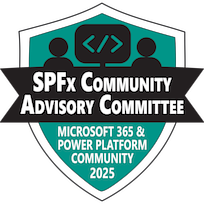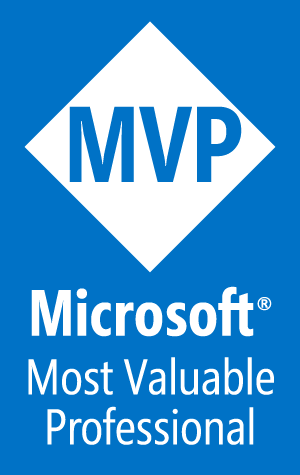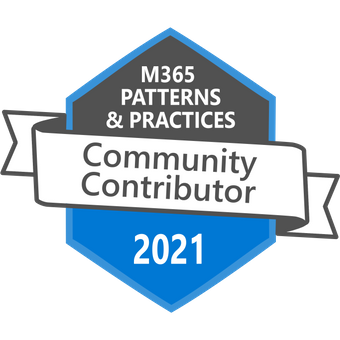
My first Hackathon
This will be short, since I can’t talk about details without getting in trouble. Microsoft hosts an annual Hackathon for their employees and this year, for the first time, they allowed MVPs and RDs to participate. Since I had never participated in a Hackathon before, I was eager to see what the experience was like.
One of the biggest challenges was just picking which project(s) you want to be a part of. There were hundreds! And while the hackathon is just a few days long, many of the projects are much bigger than can be accomplished in a few days, so they continue long after the hackathon is complete.






